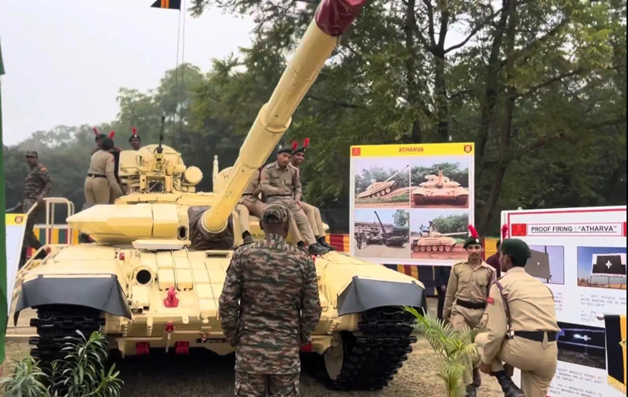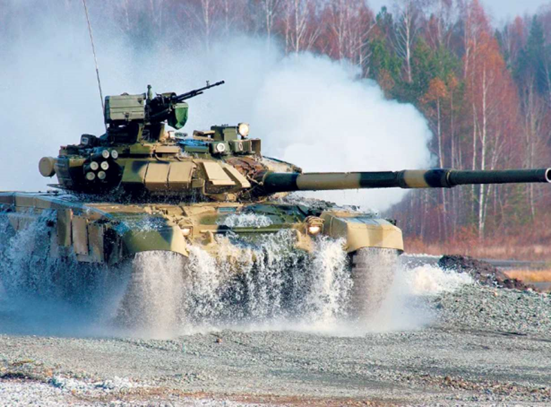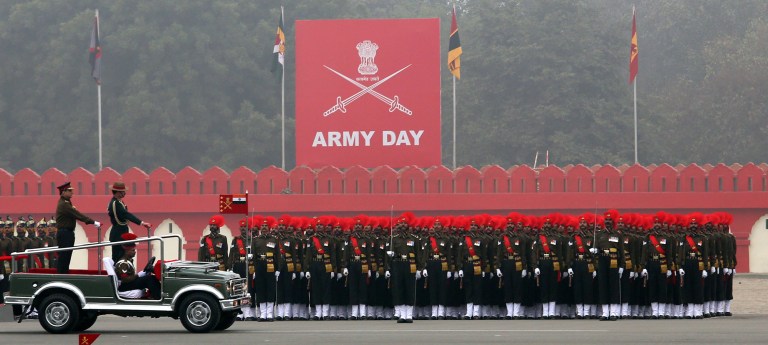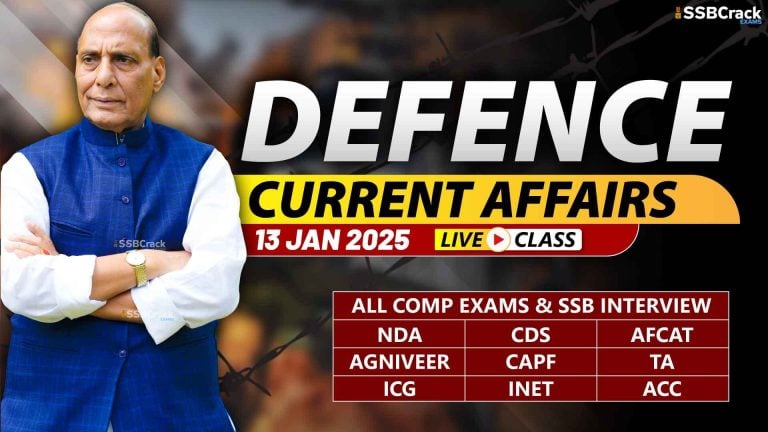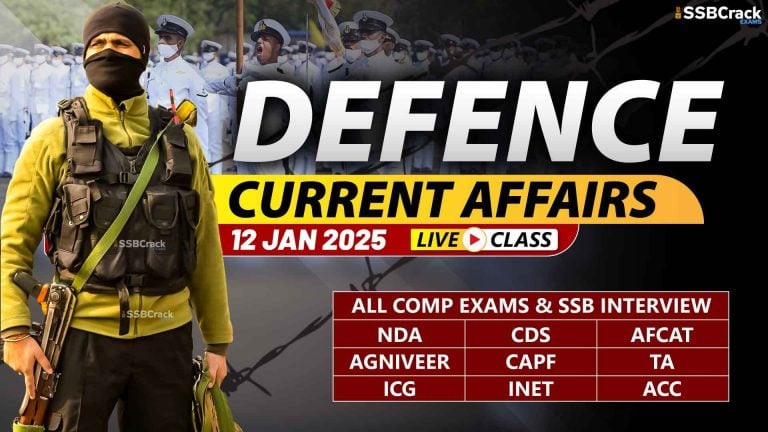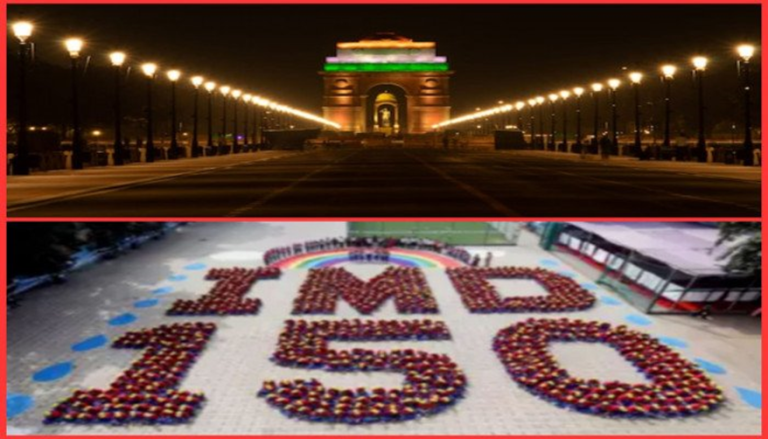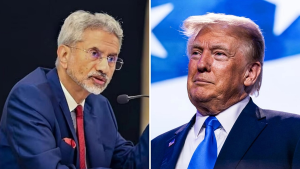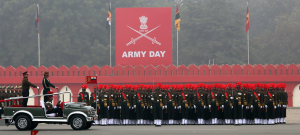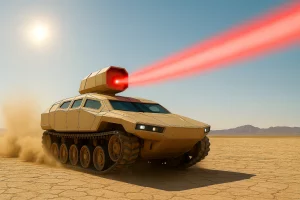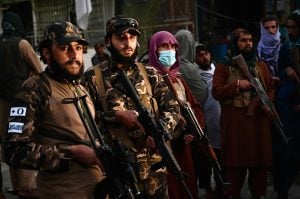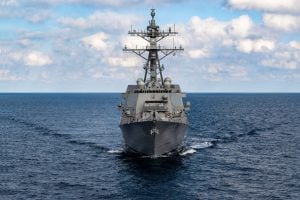The Indian Army has unveiled a hybrid of the Soviet-vintage T-72′ Ajeya’ tank and the Russian-origin T-90 ‘Bhishma’ tank.
Deadly Hybrid Tank ‘Atharva’
The concept tank was displayed at the recently concluded ‘Know Your Army Festival’ exhibition at Lucknow before the run-up to Army Day on January 15. Russian tanks are the mainstay of the Indian Armored fleet. Amidst its invasion of Ukraine, Russia has found it challenging to help India with the upgradation of its aging T-72 tanks as Moscow is also scrapping the end of the barrel to keep its armored power intact in the face of losses. Developed by the Indian Army’s Corps of Electronics and Mechanical Engineers, the tanks fuse the T-72’s hull with the T-90s turret, creating a new tank.
As per the specifications, ‘Atharva’ weighs 45.8 tonnes. It is lighter than the T-90s but weighs more than the T-72s. The hybrid tank is powered by the V92S2 high-power multifuel engine that boasts 1,000 hp and has been specifically designed for the T-90 MBT. This hybrid tank, which boasts more firepower than the original T-72, has also been reinforced with an Explosive Reactive Armour (ERA) initially developed by DRDO for the Arjun MBT. This hybrid tank, spotted while undergoing tests, is equipped with Cannon-fired ATGMs.
The F-4 Phantom was America’s foremost fighter, Richard Nixon was president, and the world’s steel beasts had not yet encountered a foe known as the wire-guided anti-tank missile when the Soviet T-72 tank was first put into action. India purchased more than 1800 of the T-72M1 tanks between 1982 to 1986. The T-72 design has some fundamental shortcomings. First of all, the turret houses the ammo storage. If you get hit by an armor-piercing bullet and hit the ammunition, the turret will usually pop off and kill everyone. The Indian Army has embarked on a plan to upgrade the tanks; however, the turret limitation makes it challenging.
In the Atharva, the challenge has been overcome by merging T-90’s advanced turret with T-72’s sturdy hull. The T-90s turret also has domestically developed composite armor, a mixture of ceramic and other laminates, which may offer better protection than the stock T-90S, the Russian export model.
In addition to the T-72M1, the Indian Army operates two variants of the third-generation Russian T-90 MBT — the T-90S Bhishma and T-90SM (other designations T-90AM or T-90MS). The Indian Army has over 1,200 license-built T-90S Bhishma and T-90M MBTs. The T-90 was selected over the domestically developed Arjun MBT to counter the Pakistan military’s Ukrainian-made T-80 tanks.
The T-90s, T-72s, and BMP-2 Infantry Combat Vehicles were deployed in Chumar, Chushul, and Depsang in 2020 following the Galwan clash. Unlike the Arjun, which is ideal for the hot conditions of India’s plains, the T-90MS variant was explicitly designed for the cold, harsh conditions of Ladakh, Sikkim, and Arunachal Pradesh in far north and eastern regions.

